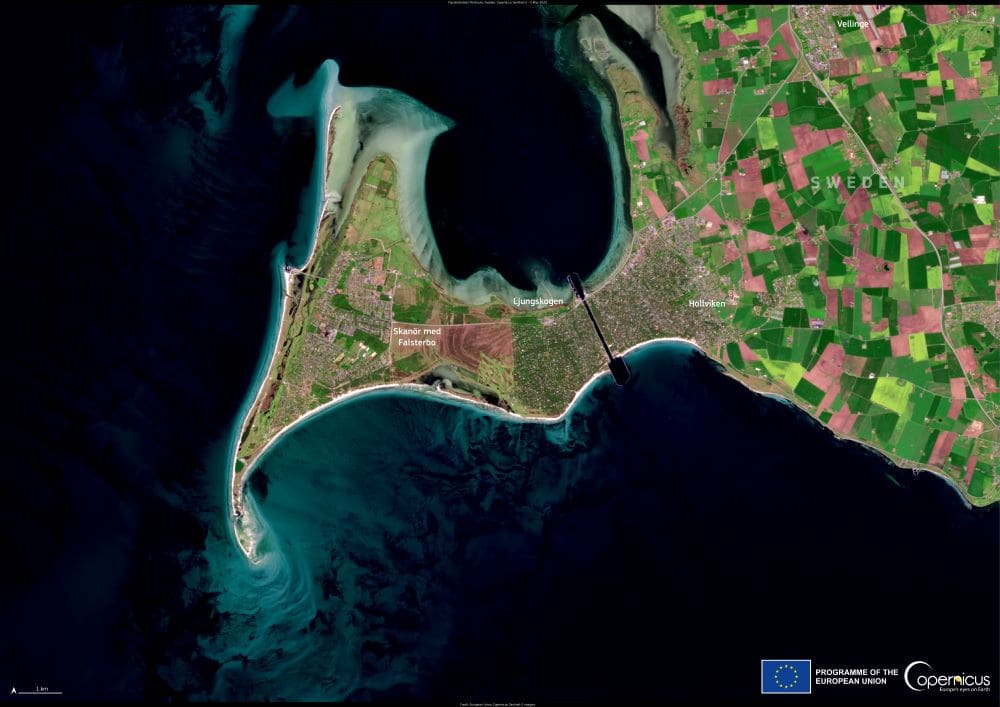Lima, Peru | AFP – Three deaths have been blamed on large waves up to 13 feet (four meters) pummeling Ecuador, Chile and Peru, where nearly 100 ports have been closed because of the rough conditions.
Ecuador’s secretary for risk management, Jorge Carillo, told a media conference that an “extreme event” was occurring and warned that similar phenomena could be expected in the future.
He added that “unfortunately, we have two deaths, both recorded” in Ecuador’s southwestern Manta region.
Another was recorded in Chile, the country’s navy said, after a 30-year-old man was found dead at a beach.
In Peru, almost all ports were closed because of the constant battering of waves, the head of the naval Oceanographic Department, Enrique Varea, told the broadcaster Canal N.
He forecast that the big waves “will continue in coming days,” but expected them to calm somewhat from Monday, and to return more to normal in the first days of January.
Images shown on local media showed jetties and public squares submerged in some parts of Peru, sending residents fleeing to higher ground.
The waves, according to the Peruvian navy, are being generated off the US coast by winds along the ocean’s surface.
Many beaches along the central and northern stretches of the country were closed to prevent risk to human life, authorities said.
Many fishing boats were damaged, while those that were spared were still unable to work in the dangerous conditions.
“We need help from authorities. Here, we’ve lost some 100 boats,” one fisherman told TV Peru.
“I’m 70 years old and I’ve never seen such unusual and strong waves,” he said.
Thirty-one fishermen stranded in the swell were rescued Saturday afternoon by the navy, while one told local radio that around 180 more remained at sea.
The city of Callao, which sits adjacent to the capital Lima and is home to Peru’s largest port, has closed several beaches and barred tourist from venturing out.
“The most affected have been the fishermen,” Roberto Carrillo Zavala, mayor of La Cruz district, in the country’s north, told AFP after surveying damage via helicopter with Peru’s Minister of Defense Walter Astudillo Chavez.
“We hope nothing more happens, as this would significantly impact the economy.”
The phenomenon began on Christmas and will last until January 1, according to Peru’s National Emergency Operations Center.
axl/rmb/st/nro/sn
© Agence France-Presse
Featured image credit: jcomp | Freepik




